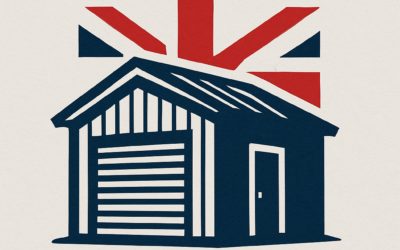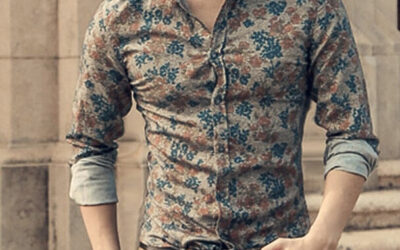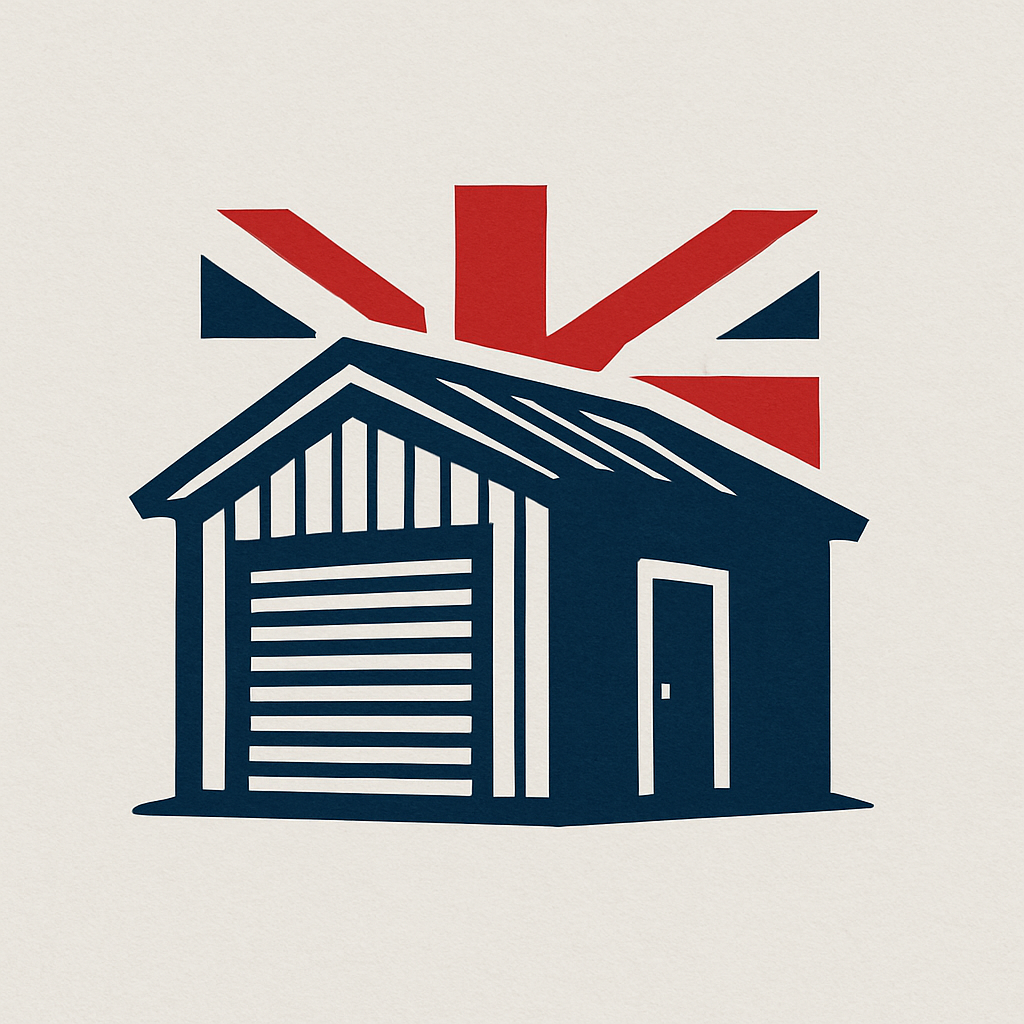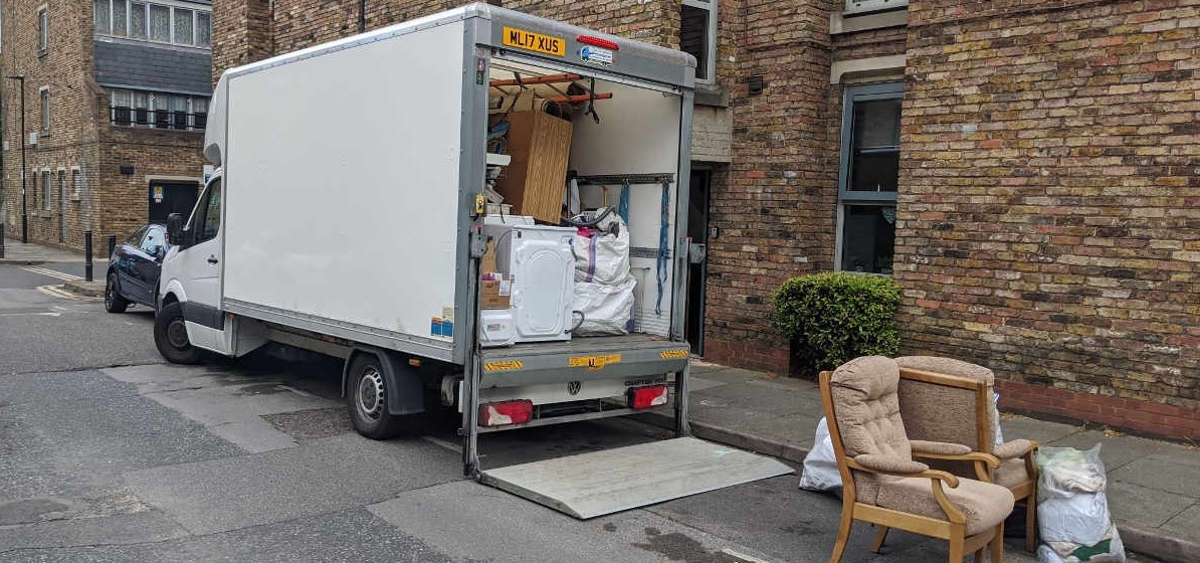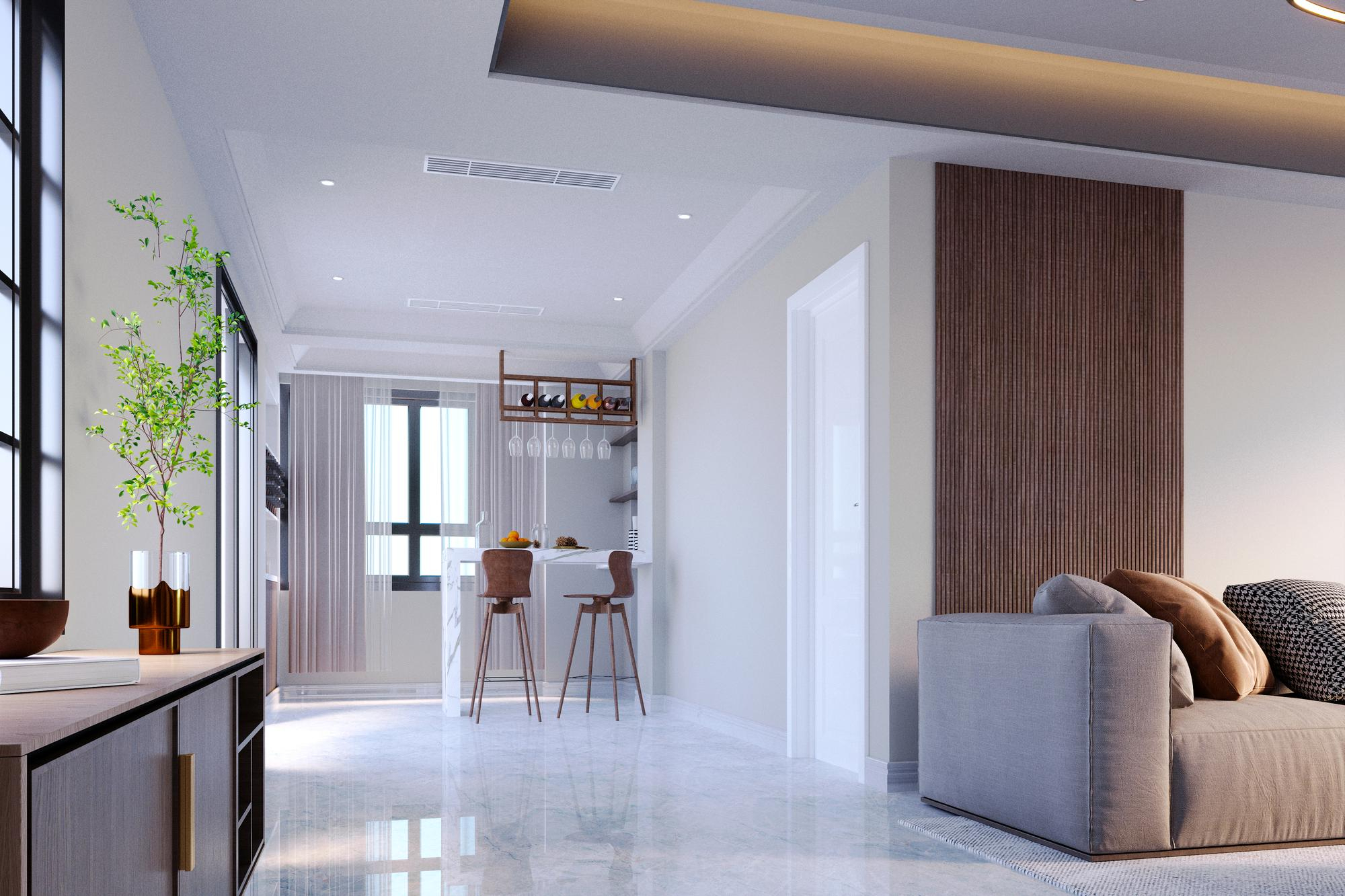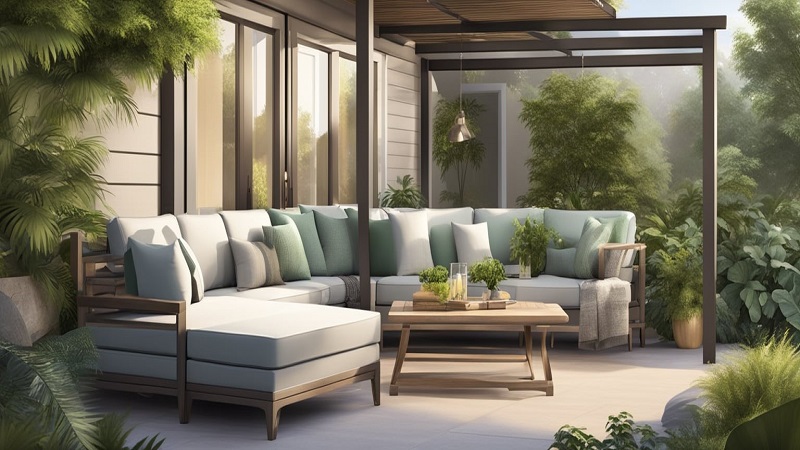Rabbits make fantastic pets—they’re adorable, sociable, and relatively low-maintenance. However, owning a rabbit comes with the responsibility of providing them with a safe and comfortable living space. That’s where a rabbit hutch becomes essential. If you’re new to rabbit care or just looking to upgrade your pet’s home, this guide will walk you through everything you need to know about choosing the right rabbit hutch, its importance, and how to make your furry friend feel right at home.
What Is a Rabbit Hutch?
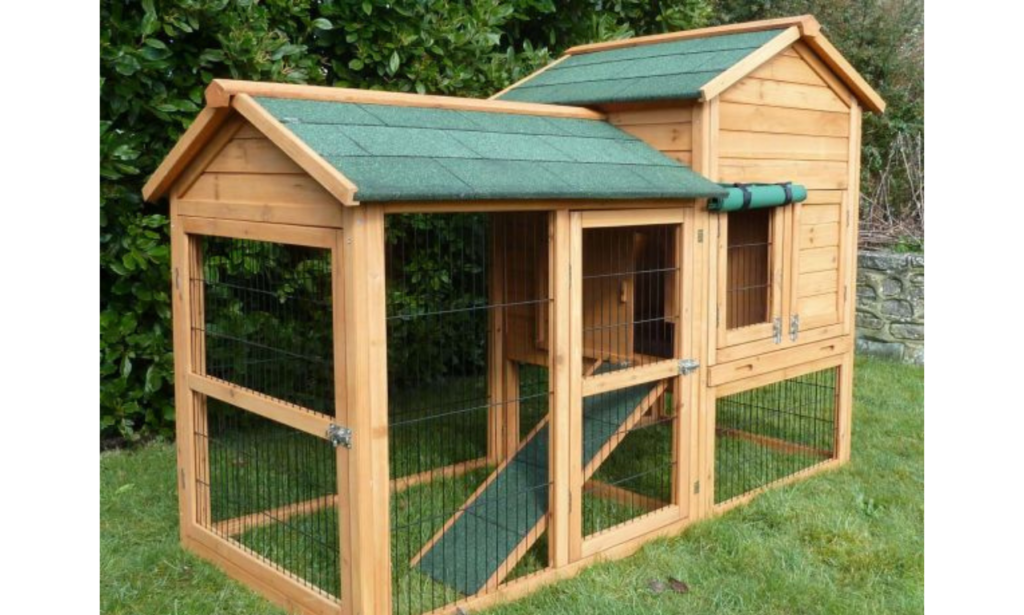
A rabbit hutch is an enclosed structure where rabbits live, eat, and rest. It’s designed to protect them from external threats, offer a comfortable resting area, and provide enough space for daily activities. Unlike regular cages, rabbit hutches are typically built for outdoor use, but there are also indoor varieties available.
Rabbit hutches are made from materials like wood, metal, and sometimes plastic. A well-designed hutch ensures that your rabbit has enough space to move, while also being shielded from harsh weather conditions.
Why Is a Good Rabbit Hutch Important?
A rabbit’s home environment is crucial to their overall health and happiness. Here are several reasons why investing in a high-quality rabbit hutch is essential:
1. Safety
Rabbits are prey animals, which means they are naturally at risk from predators such as foxes, birds of prey, and even neighborhood dogs or cats. A sturdy hutch made with durable materials will keep your rabbit safe from these threats. Moreover, it should be designed to prevent your rabbit from escaping.
2. Shelter from Weather
Outdoor hutches should provide shelter from rain, snow, excessive sun, and wind. It’s essential to choose a hutch that is weatherproof, ensuring that your rabbit stays dry and comfortable year-round. Rabbits are sensitive to extreme temperatures, so their hutch must offer adequate protection during cold winters and hot summers.
3. Space for Exercise
Rabbits are active animals, and they need room to move around to stay healthy. A rabbit hutch should be spacious enough to allow them to hop, stretch, and even play. Too small a hutch can lead to stress, obesity, and other health issues.
4. Ventilation
Proper ventilation is crucial in maintaining good air quality inside the hutch. Without enough air circulation, the buildup of ammonia from rabbit urine can lead to respiratory problems for your rabbit. Choose a hutch with proper ventilation without compromising its ability to protect against drafts.
5. Comfortable Living Area
Your rabbit should feel comfortable in their home. A well-designed rabbit hutch will have a separate sleeping area, away from where the rabbit eats and plays. This offers your pet a sense of privacy and security when they want to rest.
Types of Rabbit Hutches
When shopping for a rabbit hutch, you’ll come across various types designed for different needs and living arrangements. Below are some of the most common types:
1. Single-Level Hutches
A single-level hutch is a basic design that works well for smaller rabbits or those that spend time outside the hutch during the day. It provides enough space for resting and eating but might not be sufficient for large breeds.
2. Multi-Level Hutches
Multi-level hutches offer more vertical space, giving your rabbit the ability to hop between different levels. These hutches are perfect for active rabbits and for owners who want to maximize space without increasing the hutch’s footprint.
3. Indoor Rabbit Hutches
If you prefer to keep your rabbit indoors, an indoor hutch is an ideal solution. These are typically smaller and more compact, designed to fit in a room without taking up too much space. Indoor hutches often come with trays that make cleaning easier.
4. Outdoor Rabbit Hutches
Outdoor hutches are built to withstand the elements and provide extra security against predators. These tend to be larger, offering more room for exercise, and may come with weather-resistant materials like treated wood or metal roofing.
5. Portable Rabbit Hutches
For those who need flexibility, portable hutches can be moved around your yard or home. They are usually lightweight and come with wheels for easy transport, which makes them a great option for pet owners who want to move their rabbit to a different area depending on the weather or other factors.
How Big Should a Rabbit Hutch Be?
The size of the rabbit hutch you choose will largely depend on the size of your rabbit and how much time they will be spending in it. As a general rule, the bigger the hutch, the better. Rabbits need enough space to:
- Stand on their hind legs without hitting their head
- Move freely without feeling cramped
- Stretch out fully when lying down
For small breeds, a hutch should be at least 6 feet long by 2 feet wide and 2 feet tall. Larger breeds will need even more space. If your rabbit spends most of their time in the hutch, aim for a space that allows them to exercise, explore, and rest comfortably.
Essential Features to Look for in a Rabbit Hutch
Choosing the right rabbit hutch involves more than just picking one that looks nice. Here are some essential features to look out for:
1. Weatherproofing
Ensure that the hutch has a weatherproof roof and sides. Waterproof materials and raised floors help keep your rabbit dry during rainy weather.
2. Proper Ventilation
Good air circulation is vital for your rabbit’s health. Look for a hutch that includes mesh or grated windows to allow air in without compromising security.
3. Easy Access for Cleaning
Cleaning the hutch should be a straightforward task. Look for designs with removable trays or large doors that allow you to clean without much hassle.
4. Nesting Box
A separate nesting area gives your rabbit a cozy, private space to sleep and feel secure. The nesting box should be slightly enclosed to offer warmth and comfort.
5. Strong and Durable Materials
Choose a hutch made from sturdy materials such as solid wood and metal to ensure it lasts for years. The floor should be firm, but consider adding a softer layer such as hay or straw for comfort.
How to Set Up the Ideal Rabbit Hutch Environment
Once you’ve selected your rabbit hutch, setting it up for your rabbit’s comfort is the next step. Here’s how to create an ideal living environment:
1. Bedding and Flooring
Cover the floor with straw, hay, or shredded paper to give your rabbit a soft place to rest. The material should be absorbent and easy to change regularly to maintain hygiene.
2. Food and Water
Your rabbit should have constant access to fresh hay, pellets, and water. Place a water bottle or bowl inside the hutch and check it daily to ensure it’s clean and full.
3. Toys and Enrichment
Rabbits are intelligent and curious creatures. Provide chew toys, tunnels, or wooden blocks to keep them entertained and mentally stimulated.
4. Exercise
If the hutch is too small for your rabbit to get adequate exercise, consider adding an enclosed run or pen attached to the hutch. This will allow your rabbit to explore and stretch their legs.
5. Cleaning Routine
Rabbits are clean animals, but their hutch still needs to be maintained. Clean out waste daily and give the hutch a thorough cleaning at least once a week. This helps prevent odor, parasites, and respiratory issues.
Tips for Keeping Your Rabbit Safe in an Outdoor Hutch
If you decide to keep your rabbit in an outdoor rabbit hutch, there are additional precautions to ensure their safety:
- Place the hutch in a shaded area: Direct sunlight can cause overheating, while excessive wind can be harmful during winter months.
- Predator-proof the hutch: Use locks and heavy-duty wire mesh to protect against predators. Avoid placing the hutch near trees or fences where predators could climb.
- Bring your rabbit indoors during extreme weather: If temperatures drop below freezing or rise above 85°F (29°C), consider moving your rabbit indoors or providing extra insulation to keep them safe.
Final Thoughts
Choosing the right rabbit hutch is one of the most important decisions you’ll make as a rabbit owner. By considering factors like size, material, and safety features, you’ll create a comfortable and secure space for your furry friend. Whether your rabbit lives indoors or outside, a well-maintained hutch ensures they stay happy, healthy, and safe.
Providing your rabbit with a cozy, clean, and stimulating environment will allow them to thrive and live their best life!
Here are 10 frequently asked questions (FAQs) related to rabbit hutches:
- What size rabbit hutch do I need for my rabbit?
- The size of the hutch should be at least four times the size of the rabbit. A general rule of thumb is to provide at least 6 square feet of space for a small to medium rabbit and 8-12 square feet for larger breeds.
- Should I buy a rabbit hutch or build my own?
- This depends on your budget and DIY skills. Buying a pre-made hutch can save time, while building your own allows for customization to fit your space and the specific needs of your rabbits.
- How can I keep my rabbit hutch clean?
- Regularly remove waste and uneaten food, clean the bedding, and wash the hutch with mild soap and water. Ensure the hutch is dry before adding fresh bedding.
- What materials are best for a rabbit hutch?
- A good rabbit hutch should be made of sturdy, non-toxic materials. Wood is common, but it should be treated to withstand weather conditions. Metal wire is essential for ventilation and security.
- How can I protect my rabbit hutch from predators?
- Ensure the hutch is securely closed and elevated off the ground. Use sturdy wire mesh and consider covering the hutch with a tarp or roof to protect against aerial predators.
- What features should I look for in a rabbit hutch?
- Look for a spacious interior, multiple levels for climbing, good ventilation, easy access for cleaning, and a secure door mechanism.
- Is it okay to keep my rabbit hutch outdoors?
- Yes, but ensure it’s well-ventilated, protected from extreme weather, and safe from predators. Rabbits should have a comfortable and secure environment.
- How do I insulate my rabbit hutch for winter?
- Insulate with straw, hay, or blankets. You can also use a hutch cover and ensure there are no drafts. Consider adding a heat pad designed for animals.
- How often should I move my rabbit hutch?
- If the hutch is on grass, moving it every few days helps prevent damage to the lawn and allows rabbits access to fresh forage.
- Can I house multiple rabbits in one hutch?
- Yes, but ensure the hutch is large enough to accommodate all rabbits comfortably and that they are socialized. Monitor for any signs of aggression or stress.
